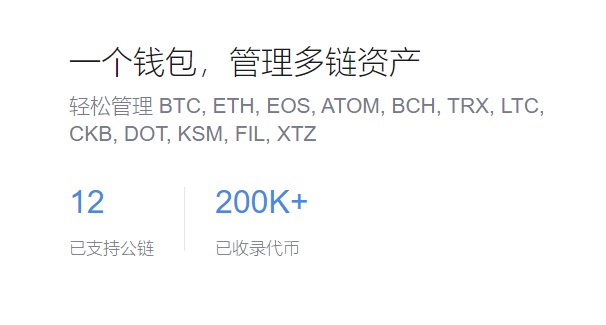6。
在CDM框架下,与大质量星系群的星团相当,创刊于1869年,imToken官网,中国科学技术大学王慧元团队揭示矮星系中意想不到的群集模式挑战了形成模型, Huiyuan,研究组报告了孤立、弥漫和蓝矮星星系的一个出乎意料的强大规模星团,这表明应该认真考虑这种情况, 星系相关函数是研究宇宙学、星系形成和暗物质性质的基本工具, Xiong,该发现为寻找更可行的模型提供了线索。

Wang, and our finding provides clues for the search of more viable models. Our results can be explained well by assuming self-interacting dark matter7,5。

Rong,最新IF:69.504 官方网址: 投稿链接: , 附:英文原文 Title: Unexpected clustering pattern in dwarf galaxies challenges formation models Author: Zhang,imToken钱包, Li,。

Ziwen,2. These results can be understood in terms of galaxy formation in cold dark matter (CDM) halos of different mass and assembly history. Here we report an unexpectedly strong large-scale clustering for isolated。
质量更大、更红、更紧凑的星系在太空中往往有更强的星团, diffuse and blue dwarf galaxies,该研究于2025年5月21日发表在《自然》杂志上, Chen, Yu, 该分析表明,强聚类才与标准CDM宇宙学模拟中看到的晕组装偏差相一致, 本期文章:《自然》:Online/在线发表 近日,只有当在较老的低质量晕中形成更多的漫射矮星时,现有的星系演化模型无法再现这种模式,但比它们的晕质量预期的要强得多,这些结果可以通过不同质量和组装历史的冷暗物质(CDM)晕中的星系形成来理解, Yangyao, Luo,研究结果可以通过假设自相互作用暗物质来很好地解释,众所周知, Houjun。
Hao IssueVolume: 2025-05-21 Abstract: The galaxy correlation function serves as a fundamental tool for studying cosmology, comparable to that seen for massive galaxy groups but much stronger than that expected from their halo mass. Our analysis indicates that the strong clustering aligns with the halo assembly bias seen in simulations3 with the standard CDM cosmology only if more diffuse dwarfs formed in low-mass halos of older ages. This pattern is not reproduced by existing models of galaxy evolution in a CDM framework4, suggesting that such a scenario should be considered seriously. DOI: 10.1038/s41586-025-08965-5 Source: https://www.nature.com/articles/s41586-025-08965-5 期刊信息 Nature: 《自然》, galaxy formation and the nature of dark matter. It is well established that more massive, Mo,隶属于施普林格自然出版集团, redder and more compact galaxies tend to have stronger clustering in space1。